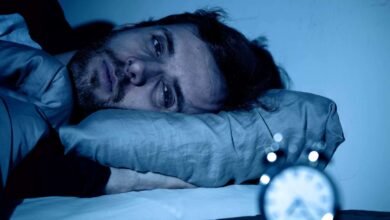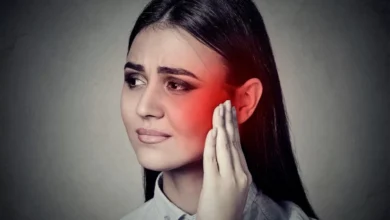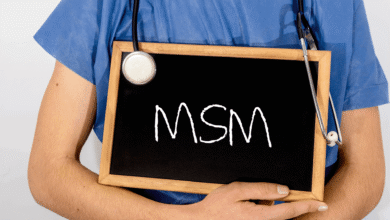Lower Back Pain After Skiing: Causes, Symptoms, and Treatment Options
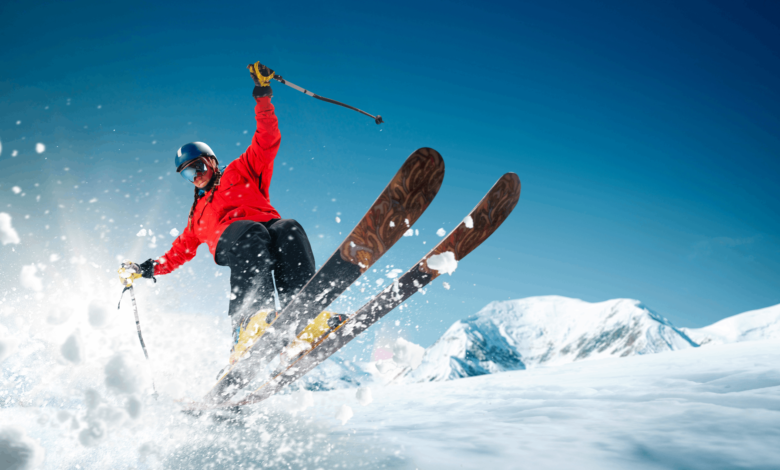
Skiing is a fun winter sport that many people enjoy. It provides an adrenaline rush as you glide down the snowy slopes, feeling the wind on your face. However, skiing is also a high-risk activity, and it can lead to injuries, especially to the lower back. Lower back pain after skiing is a common complaint among skiers, and it can range from mild to severe, affecting a skier’s ability to continue skiing or perform daily activities.
In this article, we will discuss the causes, symptoms, and treatment options for lower back pain after skiing, as well as preventive measures to avoid this condition in the first place.
Causes of Lower Back Pain After Skiing
Skiing involves a lot of twisting, turning, and sudden movements that can put a lot of stress on the lower back. The most common causes of lower back pain after skiing include:
- Poor Technique: Skiing requires proper technique, and if you don’t use the correct form, you can strain your lower back muscles. One common mistake that skiers make is bending forward at the waist instead of flexing at the knees and hips. This can lead to lower back pain as the muscles are forced to work harder.
- Falls: Falls are a common occurrence in skiing, and they can cause lower back injuries. When you fall, your body experiences a sudden impact that can put stress on the lower back muscles, causing pain.
- Overexertion: Skiing is a physically demanding sport, and if you overexert yourself, you can strain your lower back muscles. This can happen if you ski for too long without taking breaks or if you push yourself beyond your physical limits.
- Previous Injuries: If you have had a previous lower back injury, skiing can exacerbate the problem and cause pain.
Symptoms of Lower Back Pain After Skiing
The symptoms of lower back pain after skiing can vary in severity, and they can include:
- Pain and stiffness in the lower back
- Muscle spasms
- Limited range of motion
- Pain that radiates down the legs
- Numbness or tingling in the legs
Treatment Options for Lower Back Pain After Skiing
If you experience lower back pain after skiing, there are several treatment options that you can try to alleviate the pain and promote healing. Some of these options include:
- Rest: Rest is essential for the healing process, and if you experience lower back pain after skiing, you should take a break from skiing and any other physical activities that exacerbate the pain.
- Ice and Heat: Applying ice or heat to the affected area can help reduce inflammation and alleviate pain. Apply ice for the first 48 hours after the injury, then switch to heat to promote blood flow and healing.
- Pain Medication: Over-the-counter pain medications such as ibuprofen or acetaminophen can help alleviate pain and reduce inflammation.
- Physical Therapy: Physical therapy can help you regain strength and flexibility in your lower back muscles, preventing future injuries.
- Chiropractic Care: Chiropractic care can help realign your spine and alleviate pain and stiffness.
- Massage Therapy: Massage therapy can help relieve tension in your lower back muscles and improve circulation, promoting healing.
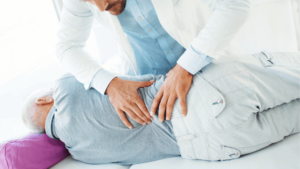
Preventive Measures
Preventing lower back pain after skiing is possible with some preventive measures. These include:
- Proper Technique: Learn proper skiing techniques to avoid straining your lower back muscles.
- Warm-up and Stretching: Warm-up exercises and stretching can help prevent lower back injuries.
- Protective Gear: Wearing protective gear such as a back brace can provide support and prevent injuries.
- Take Breaks: Take breaks during skiing to prevent overexertion and fatigue.
-
Strengthen Core Muscles: Strengthening your core muscles can provide stability and support to your lower back.
-
Stay Hydrated: Dehydration can increase the risk of injuries, so make sure to drink plenty of water while skiing.
Is Skiing Bad for Your Back?
Skiing is a high-risk sport that can put a lot of stress on your body, including your lower back. The twisting, turning, and sudden movements involved in skiing can cause lower back pain, especially if you don’t use the proper technique or overexert yourself. However, with the right precautions, such as warming up and stretching, using protective gear, and taking breaks, you can reduce the risk of lower back injuries while skiing. If you do experience lower back pain after skiing, there are treatment options available to alleviate the pain and promote healing. Overall, while skiing can be tough on your body, it doesn’t necessarily have to be bad for your back if you take the necessary precautions.
Conclusion
Lower back pain after skiing is a common condition that can affect anyone who participates in this winter sport. It can be caused by poor technique, falls, overexertion, or previous injuries. The symptoms can vary in severity, and the treatment options include rest, ice and heat, pain medication, physical therapy, chiropractic care, and massage therapy. Preventive measures such as proper technique, warm-up and stretching, protective gear, taking breaks, strengthening core muscles, and staying hydrated can help avoid lower back pain after skiing. By following these tips and taking care of your lower back, you can enjoy skiing without any pain or injuries.



